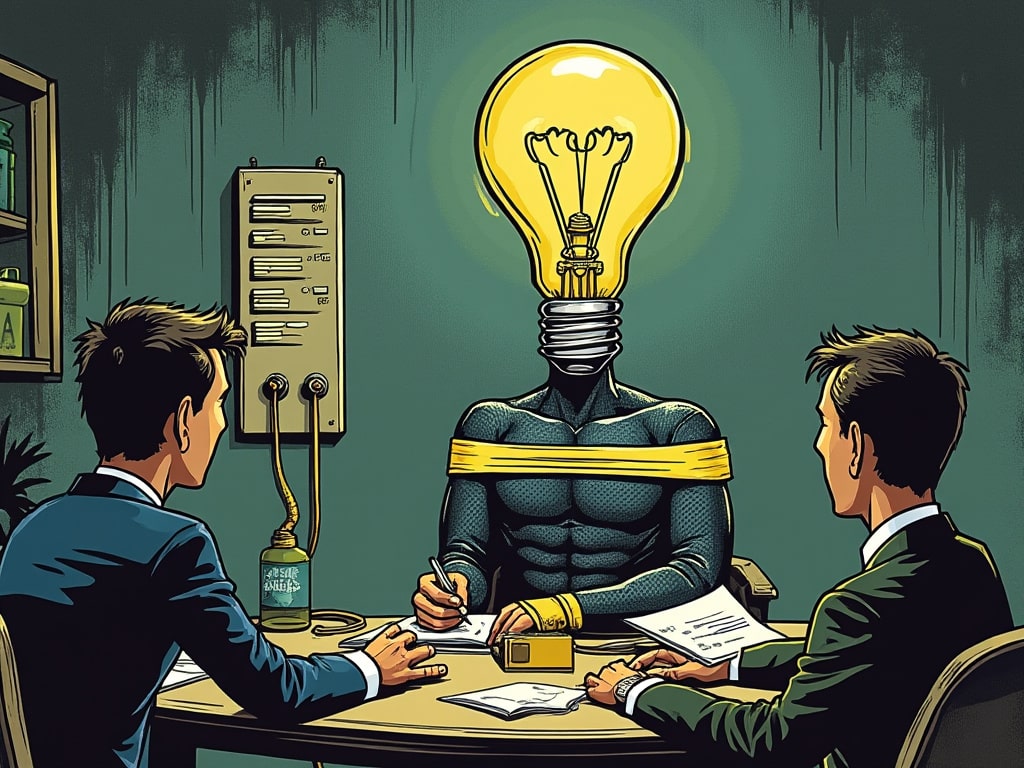TLDW:
Treasury Secretary Scott Bessent explained Trump’s new global tariff plan as a strategy to revive U.S. manufacturing, reduce dependence on foreign supply chains, and strengthen the middle class. The tariffs aim to raise $300–600B annually, funding tax cuts and reducing the deficit without raising taxes. Bessent framed the move as both economic and national security policy, arguing that decades of globalization have failed working Americans. The ultimate goal: bring factories back to the U.S., shrink trade deficits, and create sustainable wage growth.
In a landmark interview, Treasury Secretary Scott Bessent offered an in-depth explanation of former President Donald Trump’s sweeping new global tariff regime, framing it as a bold, strategic reorientation of the American economy meant to restore prosperity to the working and middle class. Speaking with Tucker Carlson, Bessent positioned the tariffs not just as economic policy but as a necessary geopolitical and domestic reset.
“For 40 years, President Trump has said this was coming,” Bessent emphasized. “This is about Main Street—it’s Main Street’s turn.”
The tariff package, announced at a press conference the day before, aims to tax a broad range of imports from China, Europe, Mexico, and beyond. The approach revives what Bessent calls the “Hamiltonian model,” referencing founding father Alexander Hamilton’s use of tariffs to build early American industry. Trump’s version adds a modern twist: using tariffs as negotiating leverage, alongside economic and national security goals.
Bessent argued that globalization, accelerated by what economists now call the “China Shock,” hollowed out America’s industrial base, widened inequality, and left much of the country, particularly the middle, in economic despair. “The coasts have done great,” he said. “But the middle of the country has seen life expectancy decline. They don’t think their kids will do better than they did. President Trump is trying to fix that.”
Economic and National Security Intertwined
Bessent painted the tariff plan as a two-pronged effort: to make America economically self-sufficient and to enhance national security. COVID-19, he noted, exposed the fragility of foreign-dependent supply chains. “We don’t make our own medicine. We don’t make semiconductors. We don’t even make ships,” he said. “That has to change.”
The administration’s goal is to re-industrialize America by incentivizing manufacturers to relocate to the U.S. “The best way around a tariff wall,” Bessent said, “is to build your factory here.”
Over time, the plan anticipates a shift: as more production returns home, tariff revenues would decline, but tax receipts from growing domestic industries would rise. Bessent believes this can simultaneously reduce the deficit, lower middle-class taxes, and strengthen America’s industrial base.
Revenue Estimates and Tax Relief
The expected revenue from tariffs? Between $300 billion and $600 billion annually. That, Bessent says, is “very meaningful” and could help fund tax cuts on tips, Social Security income, overtime pay, and U.S.-made auto loan interest.
“We’ve already taken in about $35 billion a year from the original Trump tariffs,” Bessent noted. “That’s $350 billion over ten years, without Congress lifting a finger.”
Despite a skeptical Congressional Budget Office (CBO), which Bessent compared to “Enron accounting,” he expressed confidence the policy would drive growth and fiscal balance. “If we put in sound fundamentals—cheap energy, deregulation, stable taxes—everything else follows.”
Pushback and Foreign Retaliation
Predictably, there has been international backlash. Bessent acknowledged the lobbying storm ahead from countries like Vietnam and Germany, but said the focus is on U.S. companies, not foreign complaints. “If you want to sell to Americans, make it in America,” he reiterated.
As for China, Bessent sees limited retaliation options. “They’re in a deflationary depression. Their economy is the most unbalanced in modern history.” He believes the Chinese model—excessive reliance on exports and suppressed domestic consumption—has been structurally disrupted by Trump’s tariffs.
Social Inequality and Economic Reality
Bessent made a compelling moral and economic case. He highlighted the disparity between elite complaints (“my jet was an hour late”) and the lived reality of ordinary Americans, many of whom are now frequenting food banks while others vacation in Europe. “That’s not a great America,” he said.
He blasted what he called the Democrat strategy of “compensate the loser,” asserting instead that the system itself is broken—not the people within it. “They’re not losers. They’re winners in a bad system.”
DOGE, Debt, and the Federal Reserve
On trimming government fat, Bessent praised the work of the Office of Government Efficiency (DOGE), headed by Elon Musk. He believes DOGE can reduce federal spending, which he says has ballooned with inefficiency and redundancy.
“If Florida can function with half the budget of New York and better services, why can’t the federal government?” he asked.
He also criticized the Federal Reserve for straying into climate and DEI activism while missing real threats like the SVB collapse. “The regulators failed,” he said flatly.
Final Message
Bessent acknowledged the risks but called Trump’s economic transformation both necessary and overdue. “I can’t guarantee you there won’t be a recession,” he said. “But I do know the old system wasn’t working. This one might—and I believe it will.”
With potential geopolitical shocks, regulatory hurdles, and resistance from entrenched interests, the next four years could redefine America’s economic identity. If Bessent is right, we may be watching the beginning of an era where domestic industry, middle-class strength, and fiscal prudence become central to U.S. policy again.
“This is about Main Street. It’s their turn,” Bessent repeated. “And we’re just getting started.”
